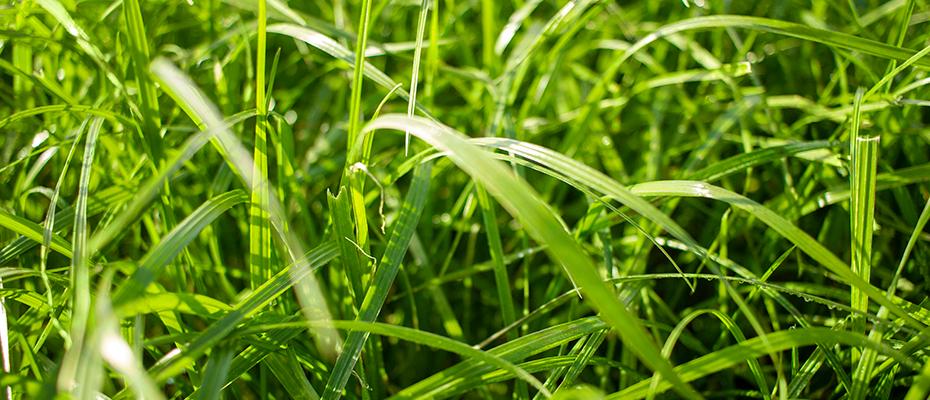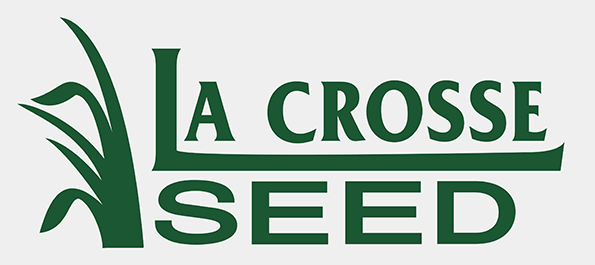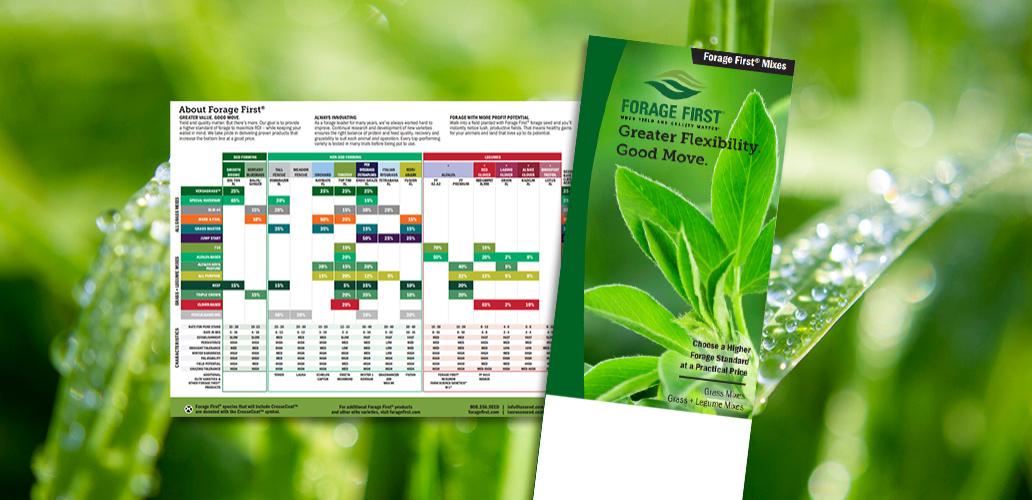Forage First Guide I Summer Select Guide
Greater Value. Good Move. Yield and quality matter. But there’s more. Our goal is to provide a higher standard for forage to maximize ROI– while keeping your wallet in mind. We take pride in delivering proven products that increase the bottom line at a good price.

Kentaur is a medium-late maturing tetraploid perennial ryegrass, delivering high dry matter yield when used for silage, hay, or pasture. Kentaur provides excellent forage quality and consistency. Being a tetraploid, Kentaur grows tall and tillers well, giving it the ability to recover after cutting. Kentaur’s higher sugar content supports ensiling, increasing its overall flexibility and making this variety a top choice for the livestock and/or forage producer.
CHARACTERISTICS:
Establishment: Fast
Persistence: High
Drought Tolerance: Medium
Winter Hardiness: Medium High
Palatability: High
Yield Potential: High
Grazing Tolerance: High
SEEDING:
Seeding Rate:
Alone (lbs./acre): 30-40
Mixes (lbs./acre): 6-10
Seeds/lb.: 227,000
Depth (in.): 1/4-1/2
Planting Time:
Feb.-May; Aug.-Sept.
Emergence (days): 5-14
Life Cycle: Perennial
Adaptation:
These grasses have a wide range of adaptability to soils, but thrive best on fertile soils with a pH between 5.5-6.5. They produce well in regions having mild climates. They do not withstand hot, dry weather or severe winters. They will stand fairly wet soils with reasonably good surface drainage. Perennial ryegrass is distributed throughout the entire United States.
Establishment:
Seed should be planted 1/4-1/2 in. deep in a well prepared seedbed. Spring seedings of ryegrass may occur in Mar.-May. Perennial ryegrass may also be seeded mid-Aug. to early Sept. For forage or pastures, a rate of 30-40 lbs. per acre is used if ryegrass is seeded alone. In mixtures, 6-10 lbs. per acre is recommended, depending upon uses and companion species. In general, the perennial ryegrass component of a mix should be 20% or less since it is very competitive, due to rapid germination and good seedling vigor. Turf seeding rates are 5-7 lbs. per 1000 sq. ft. for new lawns, 3-4 lbs. per 1000 sq. ft. for established lawns and 30-35 lbs./1000 sq. ft. for overseeding.
Ratings
Scale 1-9, where 9 = best or most pronounced
Persistence
Drought Tolerance
Winter Hardiness
Palatability
Yield Potential
Grazing Tolerance
- Excellent resistance to leaf spot and crown rust
- High in sugars
- Early spring growth
- Cold and heat tolerant

.png)
.png)


.png)










